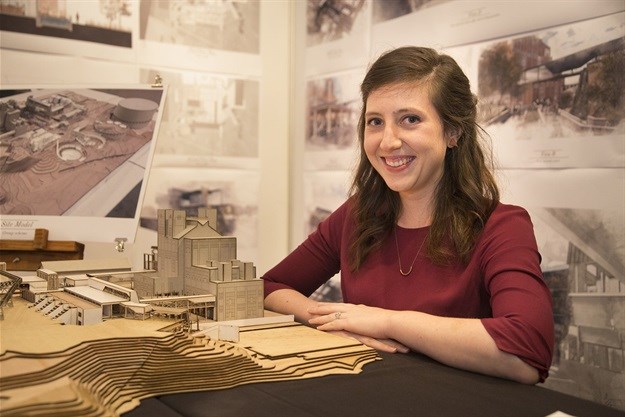
Speaking at the awards ceremony at the Hilton Hotel in Sandton, on Wednesday night, CEO of Corobrik Dirk Meyer said that it was an honour to recognise the present and future contributions of those who were entering the design and construction realm at a time when meaningful solutions to age old problems were becoming more urgent than ever.
In this annual competition, the country’s best architectural students from eight major universities were identified based on their final theses and presented with awards throughout 2017. The winners of each of the regional competitions competed for the national title and a prize of R50,000.
Judges for this year’s Corobrik Architectural Student of the Year Award were Maryke Cronje from Project Worx in Pretoria, Luyanda Mphalwa from Design Space Architects in Cape Town and Tanzeem Razak from Lemon Pebble Architects in Johannesburg.
“As this competition enters its fourth decade, we are all too aware that the context in which the architects of the future will be operating is changing extremely rapidly,” he said.
Meyer said that the rapidly changing design technology and software that was now at the disposal of up and coming architects like the eight finalists for the 2018 Corobrik Architectural Student of the Year Award, were just part of a far bigger picture. Today’s young professionals were not only looking to rapid and meaningful solutions backed by superior technology and connectivity but were also demanding a degree of authenticity that was often missing in the past.
Minnaar, who currently lives in Newlands with her husband, grew up in Pretoria. “I believe in always giving 110% when it comes to my work, to prevent feeling like I could have done more at the end of a project. When I am not aspiring to become an architect, I enjoy cooking, hiking and staying busy with various creative projects," she explains.
Her dissertation investigates the potential of redundant industrial sites like the old Johannesburg Gasworks to mitigate the environmental and social issues resulting from the past to reintegrate the site back into the surrounding urban fabric.
She says that industrialisation brought about dramatic changes in many major cities around the world, including Johannesburg. However, rapid technological advancements have resulted in the abandonment of many industrial sites often within the confines of expanding cities as is the case with the old Johannesburg Gasworks.
The repercussions of the hazardous industrial processes of the past are still present on the site in the form of pollution. This, together with South Africa’s lack of protection of our industrial heritage, has awoken the fear that these post-industrial artefacts might be in danger of becoming extinct if their value is not recognised.
“Through the understanding and application of environmental and heritage theories, this dissertation hopes to find a means of using architecture as a tool to mediate the dichotomous relationship between industry and nature, resulting from an exploitative world view, and inspire a new archetype for industrial architecture, that is able to inspire mutually beneficial relationships between industry and nature, whilst creating a didactic and dialectical relationship between the existing industrial heritage of the past and the envisioned contemporary architecture of the future.